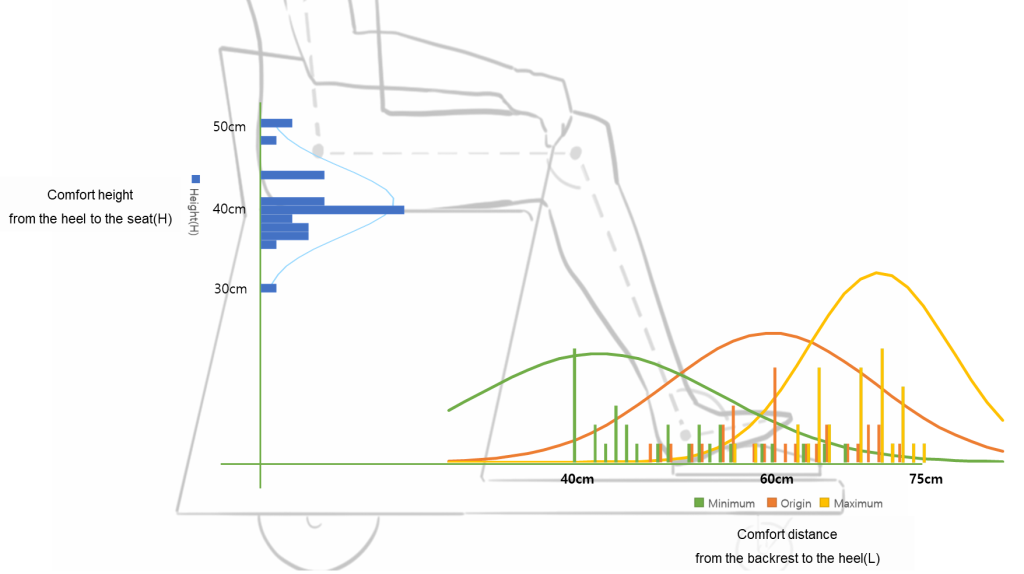Master's Thesis
Design of Sliding Footplate Manipulation Structure for Reducing Physical Demand in an Indoor Personal Mobility Vehicle

This paper aims to explore methods for improving usability and operation demand of the indoor personal mobility vehicle AngGo and propose an enhanced design. While foot-operated controls have been studied in various interaction domains, research on foot-based operation in personal mobility vehicles is limited, with most personal mobility vehicles adopting hand-operated methods. The shared indoor smart mobility (SISM), AngGo features scenarios involving both autonomous and manual driving, with foot-operated controls incorporated in the manual driving mode. However, during various experiments and demonstrations conducted with AngGo, issues regarding physical demand associated with footplate manipulation were identified. To determine the improvement direction for AngGo, evaluations and interviews were conducted with a small group of designers to identify the factors that contribute to physical demand. Based on the interview results, modifications to the mobility vehicle’s size and footplate design were adopted as approaches to reduce physical demand. Ergonomic specifications suitable for seated mobility vehicles were investigated, and an improved design was proposed, along with the design of a compact internal mechanical structure. A usability evaluation was conducted, comparing the revised design with the original design through experiments using a functional prototype, aiming to validate whether the user experience is enhanced. The results demonstrated that the revised design significantly reduced physical demand and effort. This study enhances the usability of AngGo through the improved design and provides reference data for ergonomic specifications in seated personal mobility vehicles. Additionally, the compact internal structure enables more diverse form designs for AngGo.
